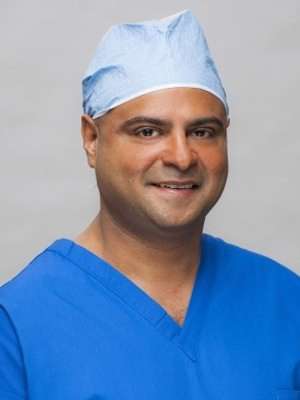The guidelines established by the New York State Workers Compensation Board aim to provide assistance to physicians, and healthcare professionals in determining the suitable treatment for Meniscus Injury.
Healthcare professionals specializing in Meniscus Injury can rely on the Workers Compensation Board’s guidelines to make well-informed decisions regarding the optimal level of care for their patients.
It is essential to highlight that these guidelines are not intended to replace clinical judgment or professional expertise. The decision regarding care should ultimately be a collaborative effort involving the patient and their healthcare provider.
Description / Definition
A tear, disruption, or avulsion of medial or lateral meniscus tissue.
Mechanism of Injury
Trauma to the menisci from rotational, shearing, torsion, and/or impact injuries.
Specific Physical Findings
Patient describes a popping, tearing, or catching sensation. Findings on physical exam may include joint line tenderness, locked joint, or occasionally, effusion. Pertinent elements on physical examination might include positive findings on McMurray, Apley, Steinman (parts 1 and 2) or Childress tests.
Diagnostic Testing Procedures
Radiographs, MRI
Recommended – in select patients as clinically indicated.
Indications: Radiographs including standing Posterior/Anterior (PA), lateral, tunnel, and skyline views. MRI is the definitive imaging test. MRI is sensitive and specific for meniscal tear. However, meniscal MRI is frequently abnormal in asymptomatic injuries. Clinical correlation with history and physical exam findings specific for meniscus injury is critically important.
Providers planning treatment should therefore consider the patient’s complaints and presence of arthritis on MRI carefully, knowing that not all meniscus tears in the middle aged and older population are related to the patients’ complaints of pain.
Note: MRI arthrograms may be appropriate to diagnose recurrent meniscal tears, particularly after previous surgery.
Non-Operative Treatment
Rest/restricted activity, off-loading with crutches or cane, NSAIDs, APAP, that may be followed by active and/or passive therapy, bracing.
Recommended – in select patients as clinically indicated.
Note: A trial of manipulation may be attempted for a locked knee. Clinical response should be seen within two to three treatments.
Surgical Indications / Operative Treatment
Meniscal Allograft Transplantation
Recommended – in rare patients, as clinically indicated.
Meniscal Allograft Transplantation is not included on the list of pre-authorized procedures. Providers who want to perform one of these procedures must request preauthorization from the carrier before performing the procedure.
Meniscectomy/Meniscus Repair
Recommended – in select patients, as clinically indicated.
Post-Operative Therapy
Therapy, bracing.
Recommended – in select patients as clinically indicated

